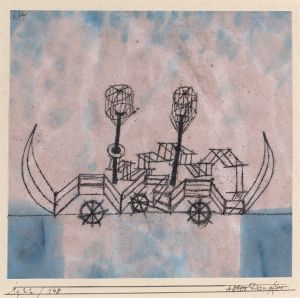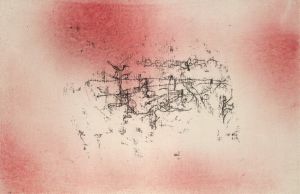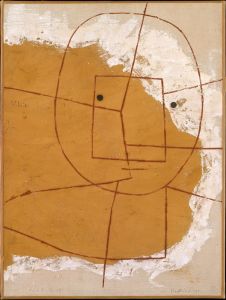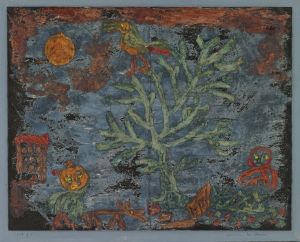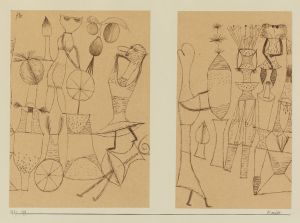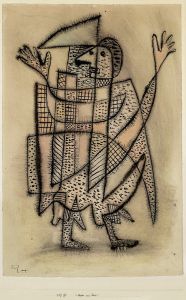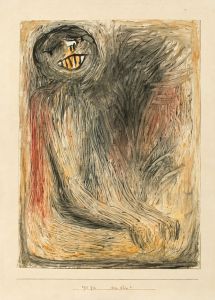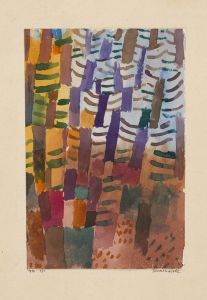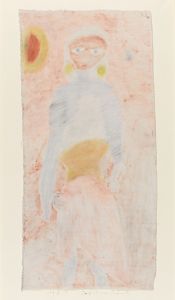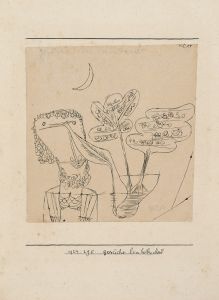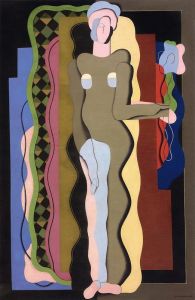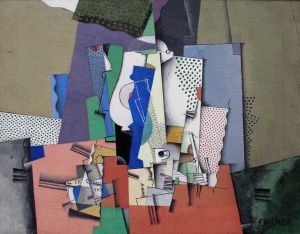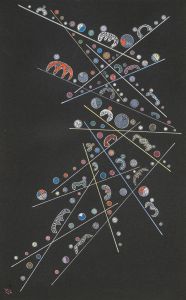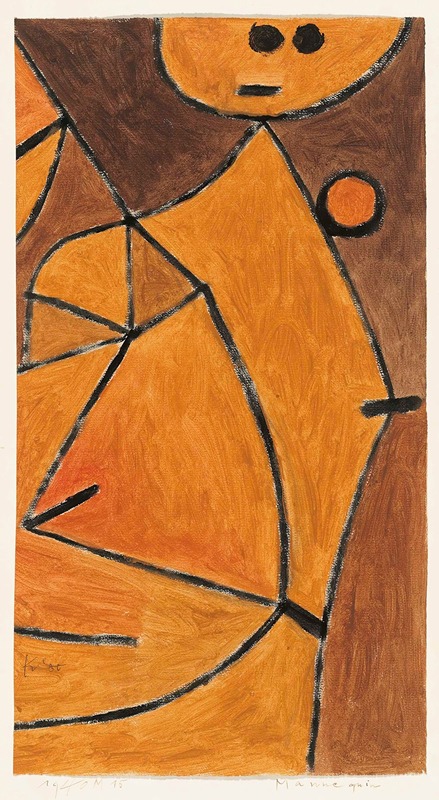
Mannequin
A hand-painted replica of Paul Klee’s masterpiece Mannequin, meticulously crafted by professional artists to capture the true essence of the original. Each piece is created with museum-quality canvas and rare mineral pigments, carefully painted by experienced artists with delicate brushstrokes and rich, layered colors to perfectly recreate the texture of the original artwork. Unlike machine-printed reproductions, this hand-painted version brings the painting to life, infused with the artist’s emotions and skill in every stroke. Whether for personal collection or home decoration, it instantly elevates the artistic atmosphere of any space.
Paul Klee, a Swiss-born German artist, is widely recognized for his highly individual style that combined elements of expressionism, cubism, and surrealism. Among his extensive body of work, the painting "Mannequin" is one of his notable creations. Completed in 1921, this artwork reflects Klee's fascination with abstraction and his ability to imbue simple forms with emotional and symbolic depth.
"Mannequin" is a mixed-media work that demonstrates Klee's mastery of line, color, and composition. The painting features a stylized human figure resembling a mannequin, rendered with geometric shapes and a muted color palette. The figure's rigid, doll-like posture and simplified features evoke a sense of artificiality, aligning with the title of the piece. Klee's use of abstraction allows viewers to interpret the figure in various ways, emphasizing the interplay between the mechanical and the human.
This work was created during Klee's tenure at the Bauhaus, a revolutionary art school in Germany where he taught from 1921 to 1931. At the Bauhaus, Klee developed his theories on color and form, which heavily influenced his artistic output during this period. "Mannequin" reflects the Bauhaus ethos of integrating art, design, and craftsmanship, as well as Klee's interest in exploring the relationship between the organic and the mechanical.
Klee's art often draws on his deep understanding of music, nature, and philosophy, and "Mannequin" is no exception. The painting's rhythmic arrangement of shapes and lines suggests a musical quality, while its subdued tones create a contemplative mood. The work exemplifies Klee's belief that art should not merely imitate reality but instead reveal deeper truths about the human experience.
Today, "Mannequin" is regarded as an important example of Klee's innovative approach to modern art. It is housed in a prominent collection, though its exact location may vary due to exhibitions and loans. The painting continues to be studied and appreciated for its unique blend of abstraction and symbolism, as well as its reflection of the artistic and intellectual currents of the early 20th century.
This concise overview of "Mannequin" highlights its significance within Paul Klee's oeuvre and its enduring impact on the art world.






